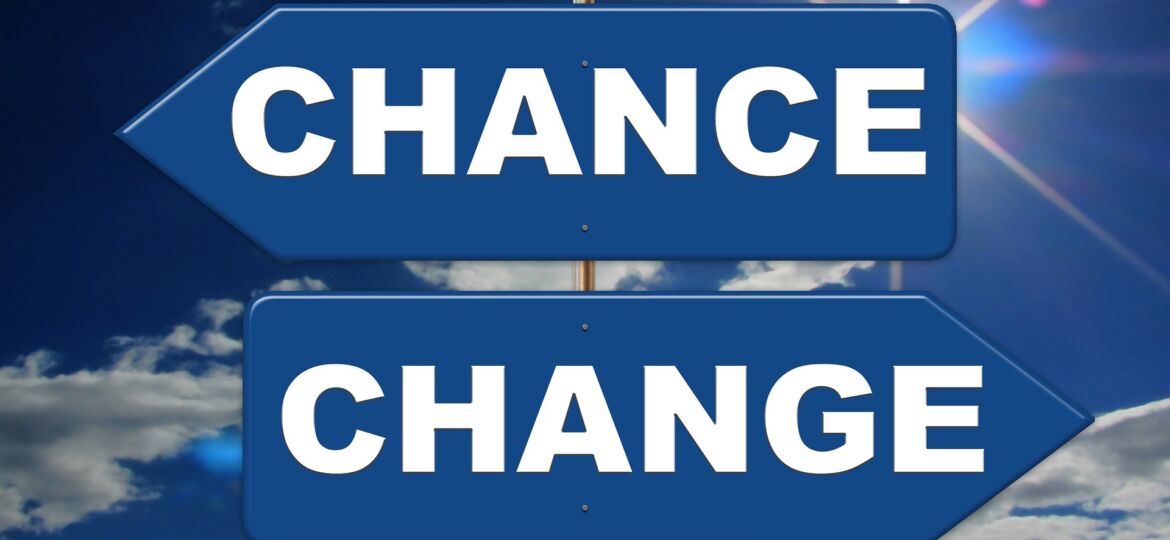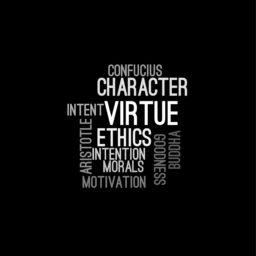Change Management Models (The McKinsey 7-S Model)
What’s the most important part of running a business? Is it strategy? Staff size? Or is leadership style the foundation of every healthy company?
The McKinsey 7-S model tells us that organizations consist of seven essential elements—and all are equally important. Every element is crucial to the organization’s health, and all elements are intertwined, affecting one another. According to this model, successful organizations deeply understand their seven elements.
The McKinsey 7-S Model is a tool that analyzes a company’s organizational design. It identifies how different aspects of an organization interact.
The model is commonly used to analyze and respond to organizational changes like mergers and new strategies. It highlights weaknesses and helps organizations stay aligned during a change.
McKinsey and Company developed this model in the late 1970s and 1980s with consultants Tom Peters, Robert Waterman, and Julien Philips, with assistance from Richard Pascale and Anthony G. Athos.
Before this model, organizational design focused on structure. But as businesses became bigger and more complex, leaders began to understand the necessity of coordination. The McKinsey 7-S Model continues to be one of the most popular planning tools.
It’s important to understand where you stand with the seven elements. Before you jump into analysis, reflect on how your organization relates to each foundational point. Explore the list below for questions to guide your review.
Strategy: a plan that guides an organization to competitive advantage. What is your strategy? How do you intend to reach your goals? What makes you stand out from competitors?
Structure: how the company is organized. What defines your organizational chart? What are the hierarchies? How do teams communicate?
Systems: the daily procedures, processes, and tools used to finish tasks. What processes do you use, including HR, financial, and other systems? What checks, if any, keep these systems under control?
Shared values: the principles that guide the organization. What are your mission and vision? What are your values? What is your company or team culture like?
Style: leadership’s approach to leading. What management styles are common in the organization? What’s the relationship between managers and employees?
Staff: your employees, their abilities, and how they relate to the organization. What abilities do your staff bring to the organization? What positions need filling?
Skills: the competencies and specializations of both individual employees and the organization as a whole. What are you known for doing well? Do you have any skill gaps?
While it’s a trusted model, the McKinsey 7-S model has strengths and weaknesses. You can learn more by visiting the Concipio Interactive Education Change Management Models eLearning course.
















